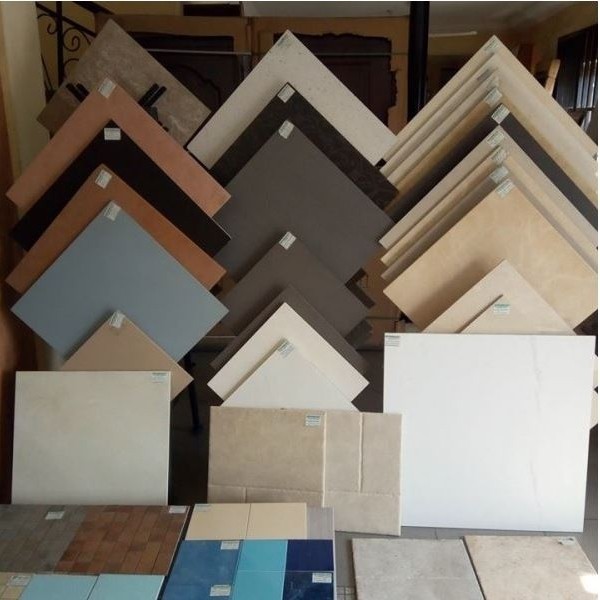The use of tiles has been an integral part within interior design for hundreds of years, offering not just functionality but also a beautiful appeal to spaces ranging from bathrooms and kitchens, to the living room and outside areas. The evolution of tile manufacturing and design has produced many different types of tile and styles, each having its own unique characteristics and suitable applications. This article focuses on the various types of tiles available, investigating their distinct characteristics as well as their various uses.
The primary type that immediately comes to mind are ceramic tiles. Based on clay and other organic materials, ceramic tiles are then kiln-fired for strength and toughness. They are a popular choice to suit a wide range of applications because of their flexibility. The ceramic tile’s surface can be unglazed or glazed. Ceramic tiles with glazes have a matte or glossy finish. They are available in an array of patterns and colors making them ideal for walls and floors that require visually appealing lift. Unglazed ceramic tiles in contrast provide a organic, earthy style and are praised for their slip-resistant properties, making them suitable for areas like bathrooms and kitchens.
Porcelain tiles are very similar to ceramic tiles, but they can be distinguished due to their greater density and less porous properties. Made of finer clay, and heated to higher temperatures, porcelain tiles are extremely tough and resistant to water. It makes them a good option for indoor as well as outdoor use, especially when you live in areas that are subject to frequent rains or frost. Tiles made from porcelain mimic natural substances like wood concrete, stone and even concrete offering the appearance of these materials with the added benefits of durability and lesser maintenance.

Natural ceramic tile display racks bring the beauty of the outside inside. Most commonly made from substances like marble, slate, granite, and limestone, these tiles are prized for their unique designs and textures, that were created over thousands of years under natural circumstances. Each natural stone tile is unique, offering an unmatched level of distinctiveness in the design. But, it’s crucial to remember that stones require sealing to safeguard against stains and moisture, and it is possible that they require more maintenance than their manufactured counterparts.
Glass tiles have become popular over the last few years, particularly when it comes to kitchens as well as bathrooms. Because of their reflection properties that make glass tiles a space look brighter and bigger. They’re available in a diverse range of colors and finishes such as glossy or frosted. Glass tiles are typically utilized as accent pieces in kitchen backsplashes, and as border ornaments. They are resistant to stains mould, mildew, and staining which makes them an ideal hygienic alternative. However, glass tiles tend to be more susceptible to chipping and breaking than other varieties, therefore being careful in their installation and use is key.
Mosaic tiles are usually small in dimensions, provide an array of possibilities for creativity. The tiles are constructed from various materials, including glass, ceramic, or natural stone, these tiles are often utilized in the form of decorative art, or for accent pieces in larger tile installations. Mosaic tiles come in various shapes, sizes, colors and materials, making it possible to create intricate designs and patterns. They are frequently used on shower floors in kitchens, backsplashes for the kitchen, as well as around swimming pools, adding some elegance and aesthetic flair.